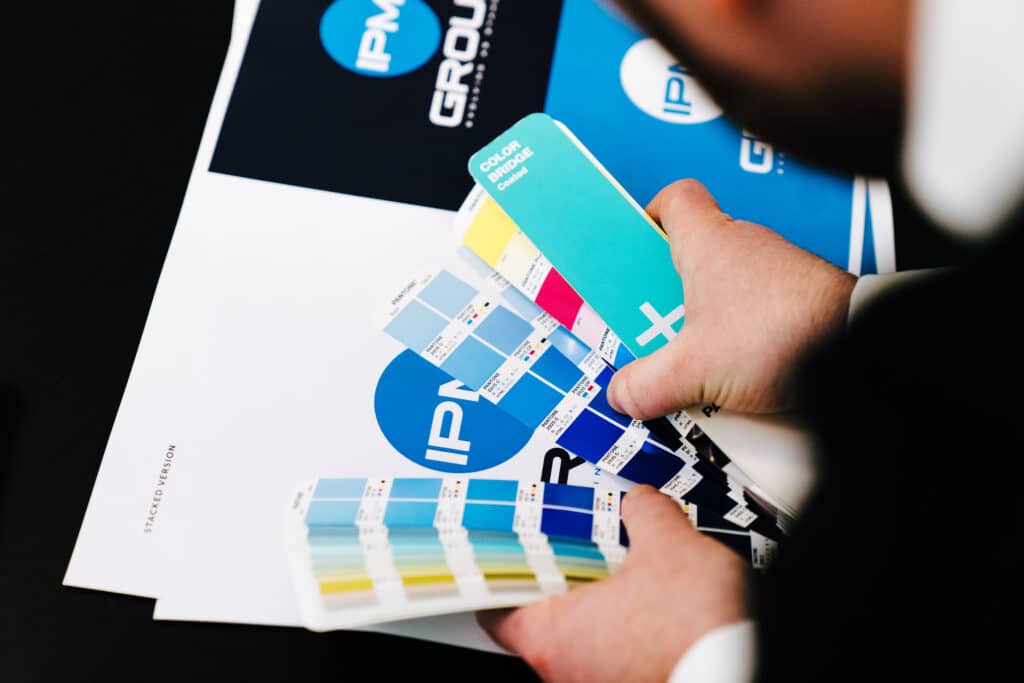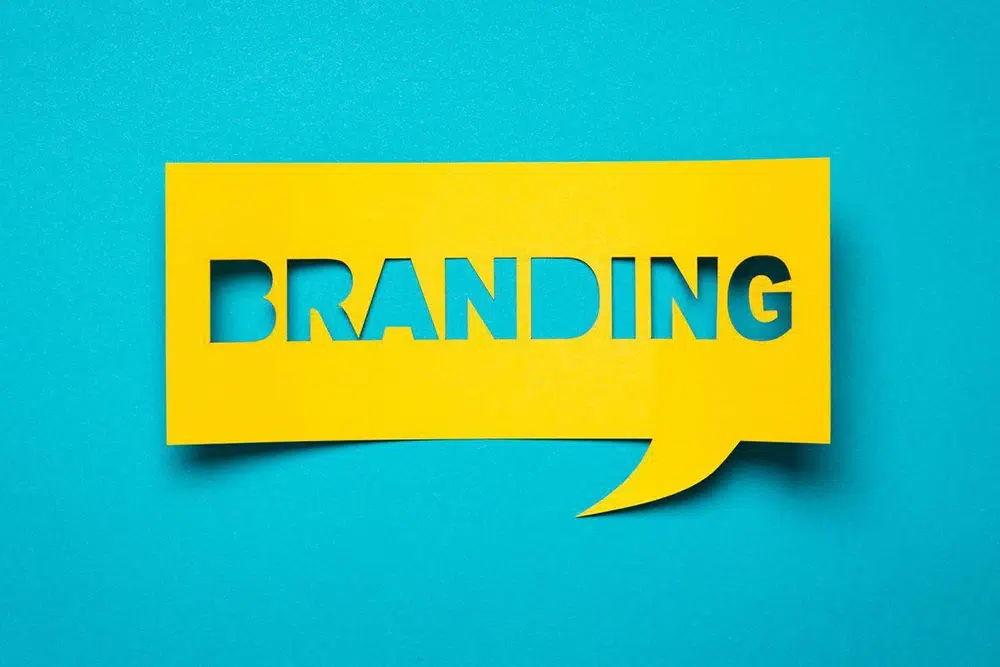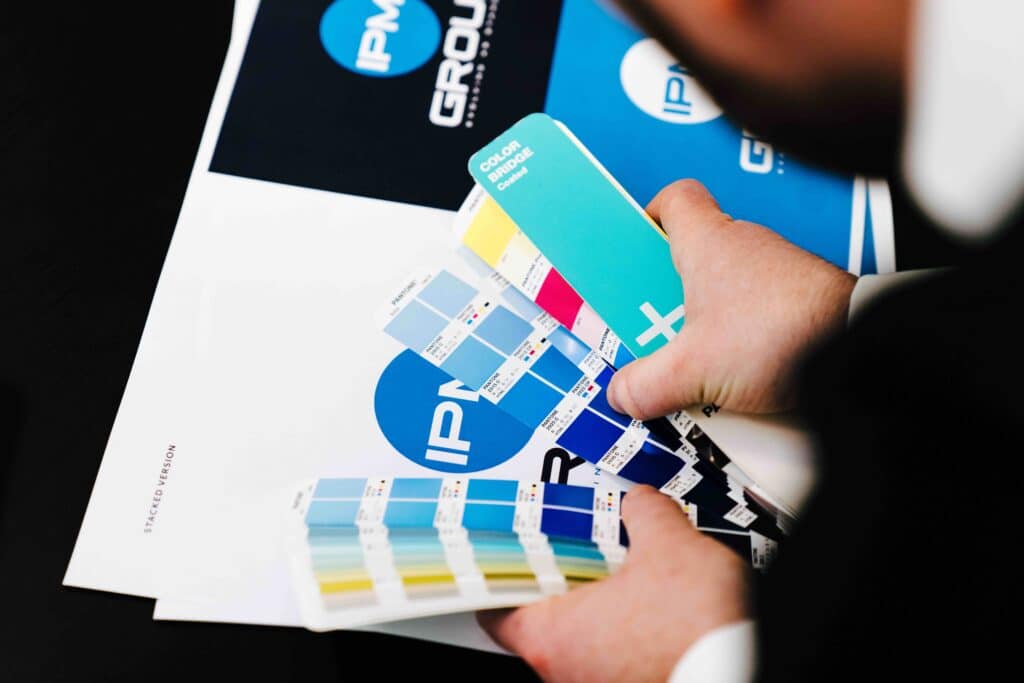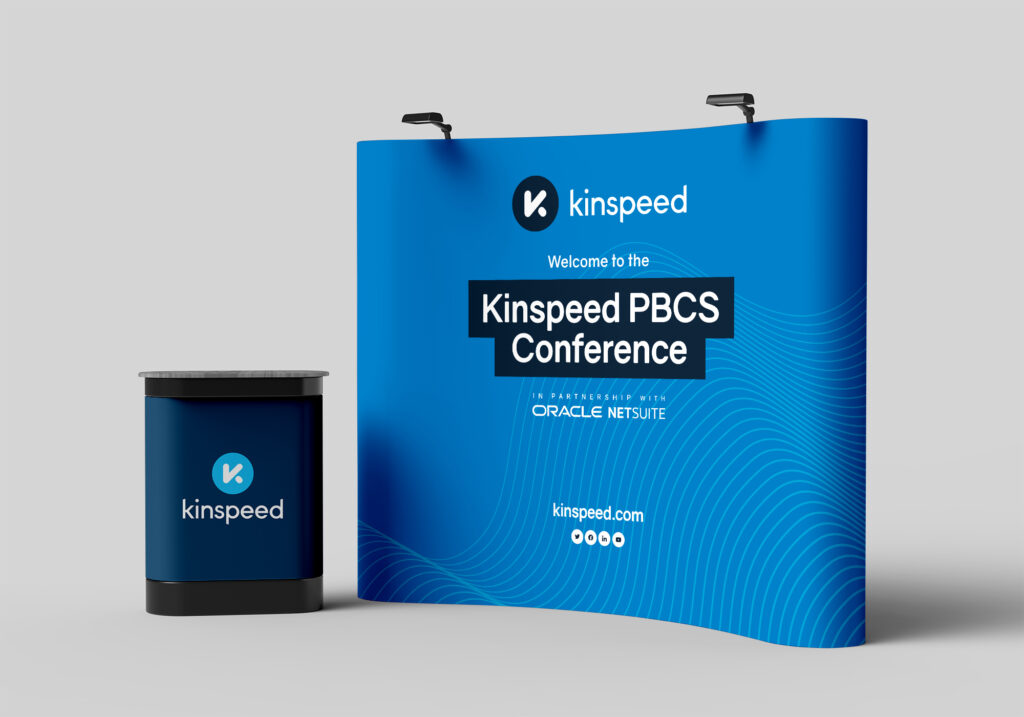No matter the type of business you run, nor how you run it, the importance of graphic design really cannot be understated. However, graphic design isn’t always something you can manage on your own. Ultimately, graphic design underpins virtually every staple of print and digital marketing. Therefore, it is crucial to have a good understanding of the best practices of graphic design in business marketing.
In this guide, we will take a look at the guiding principles of graphic design, for business or otherwise, and where in your business marketing plan graphic design excellence really should come to life.

What are the principles of graphic design?
The principles of graphic design are universal. There are several which will apply to almost all brand strategies, regardless of who you are and who your audience is. The fact is graphic design permeates all that we experience. From the mobile apps we use to the TV shows we watch, there is design in almost every corner of our entertainment, our work, and even the products we buy from supermarkets.
Let’s consider a few of the basic principles of graphic design. One of the major principles you come across in web design will be hierarchy. This is where you give some elements greater authority over others, placing them higher in a vertical chain or downwards ladder and allowing readers’ eyes to focus on what’s important.
Balance, too, is key. This is where you may choose to make things asymmetrical, perfectly balanced, or to create a sense of movement. Rhythm, too, is very important in a specific way. This addresses the way that your brand is easy to recognise through consistency. This may cover font choices, colour palettes, and everything in between.
Do also consider contrast and proximity. Contrast is a principle whereby you attract a viewer’s attention by highlighting elements in specific shades or colours, in antithesis to another. Proximity can potentially come into play here, too, providing you create balanced relationships between appropriate fonts, shapes, and images. Overall, you are striving to make your design not only pleasant to look at, but also to catch the attention of whomever may be reading.
How does professional graphic design affect your marketing campaign?
In all walks of graphic design for business, every single piece of promotional material is going to require a balance of the main graphic design principles. Even something as innocuous as a simple logo needs to find the right balance. For example, do you use a colour that evokes a specific reaction or emotion in your audience? What about the font – is it clean and unfussy, does it distract from any images you use?
Let’s apply some of this knowledge to marketing campaigns in general. To be able to catch your audience’s eyes and maintain attention, you are going to need to create branding that is instantly recognisable. Consider the logos for Apple, or Facebook, or Nike. You don’t need anything more than a letter, or a symbol, to know who they are. To catch people’s eyes and to create memorable calls to action – across all branding campaigns – you are going to need eye-catching visuals.
This particularly applies when you are in the process of explaining a product or service to a customer. If you are fortunate enough to win the interest of someone through a logo or colour scheme alone, then you need to ensure your written copy converts them into paying customers.
To do this, you need to consider balance and fluidity. Are you offering contrast in text and panel colours? Is there a hierarchy in place as to the information your readers need to know? Do you keep your imagery eye-catching, but symmetrical? The simplest of graphic design principles apply to various media. From website designs to slideshow presentations, email marketing to packaging designs, you are going to need to create an appealing, striking, and memorable visual campaign.
It is all well and simple for us to detail the principles in this guide that you need to remember. However, it is infinitely simpler, and more beneficial, for you to consider hiring an experienced graphic designer and brand manager to apply all of these universal rules to your marketing.

Why hiring professional graphic designers is crucial
Creativity is a virtue in the world of graphic design for business. It is tempting to follow the pack in terms of ‘what works’, and ‘what doesn’t’. Unfortunately, if your audience mistakes you for another brand, or feels you are piggybacking on an existing trend, your marketing campaign is doomed to fail.
The importance of graphic design in marketing is absolute – you cannot expect to appeal to customers by sight with walls of text. You need appealing graphics and layouts that tap into the very psychology of your audience, within seconds. This is not a case of ‘gaming’ the minds of your audience, but rather you are appealing to what they – essentially – ‘find appealing’.
Graphic design, contrary to some belief, does not start and end with a quick logo and a well-chosen strapline. At Fenti, we cover all bases of graphic design in marketing. We create portfolios for our clients that are consistent, original, underpinned by all of the leading principles. We research your potential audience and the brands that are already winning them around – key to differentiation.
Yes – logo design certainly comes into this process. However, graphic design for business does not start and end with a single image. It covers the whole of your visual appeal. From your digital ads to e-books, email marketing and your wider visual identity, you need a professional graphic designer on side to help keep your branding consistent, attractive, and ready to call to action. Otherwise, you will risk blending into the background.
To start building your visual branding and corporate identity, either from scratch or a brand refresh, contact the team at Fenti for a free marketing or graphic design consultation



